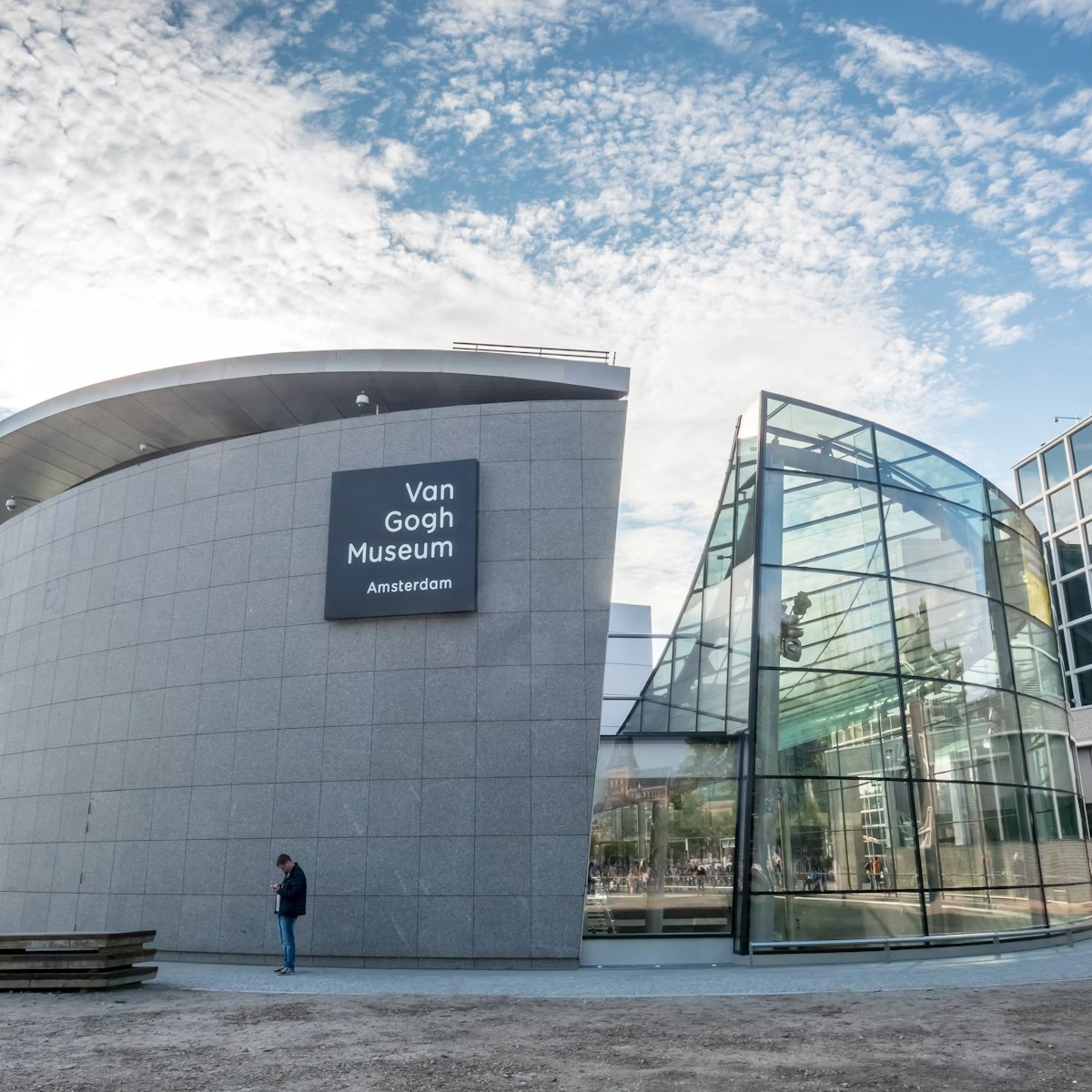This captivating museum consists of two sections, 300m apart: open-air Buitenmuseum, with more than 130 rebuilt and relocated dwellings and workshops, and indoor Binnenmuseum, devoted to farming, fishing and shipping. Visitors are encouraged to leave their vehicles at a car park (€5) off the N302 at the south edge of town. A ferry (included in admission; every 15 minutes April to October) links the car park with the train station and the Buitenmuseum. Plan to spend half a day here.
Opened in 1983, the Buitenmuseum was assembled from houses, farms and sheds trucked in from around the region to show Zuiderzee life as it was from 1880 to 1932. Every conceivable detail has been thought through, from the fence-top decorations and choice of shrubbery to the entire layout of villages, and the look and feel is certainly authentic. An illustrated guide (in English), included in the ticket price, is an essential companion on your tour.
Inhabitants wear traditional dress, and there are real shops such as a bakery, chemist and sweets shop. Workshops run demonstrations throughout the day. Though varying in character, the displays join seamlessly: lime kilns from Akersloot stand a few metres from Zuidende and its row of Monnickendam houses, originally built outside the dykes. Don't miss the Urk quarter, raised to simulate the island town before the Noordoostpolder was drained. For a special postmark, drop your postcards at the old post office from Den Oever. The Marker Haven is a copy of the harbour built in 1830 on what was then the island of Marken. There's a fun playground at the entrance.
While the grounds are open all year, there are activities here only from April to October.
Occupying a museum complex adjoining the Peperhuis, the indoor Binnenmuseum is in the former home and warehouse of a Dutch shipping merchant. The displays include a fine shipping hall: paintings, prints and other materials tell of the rise and fall of the fishing industry, and the construction of the dykes. Here too are cultural artefacts, such as regional costumes, porcelain, silver and jewellery, that indicate the extent of the country's riches at the time.








